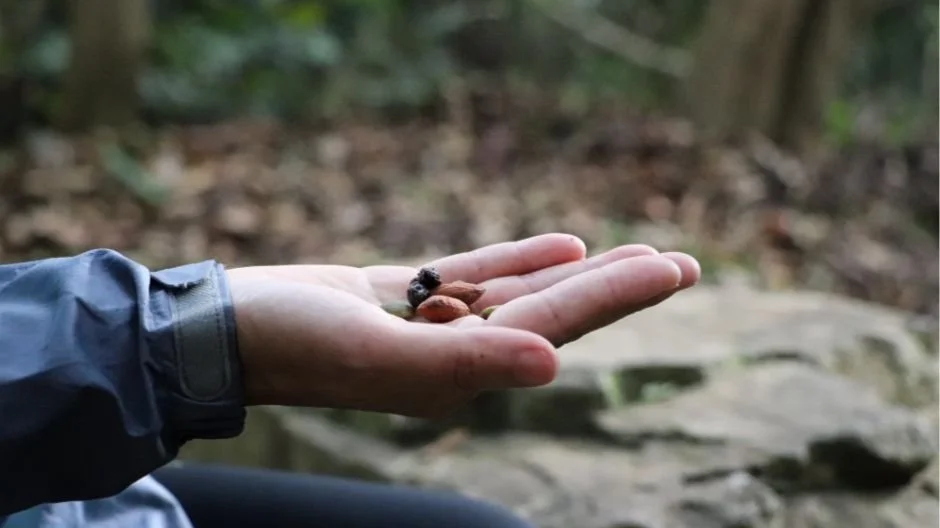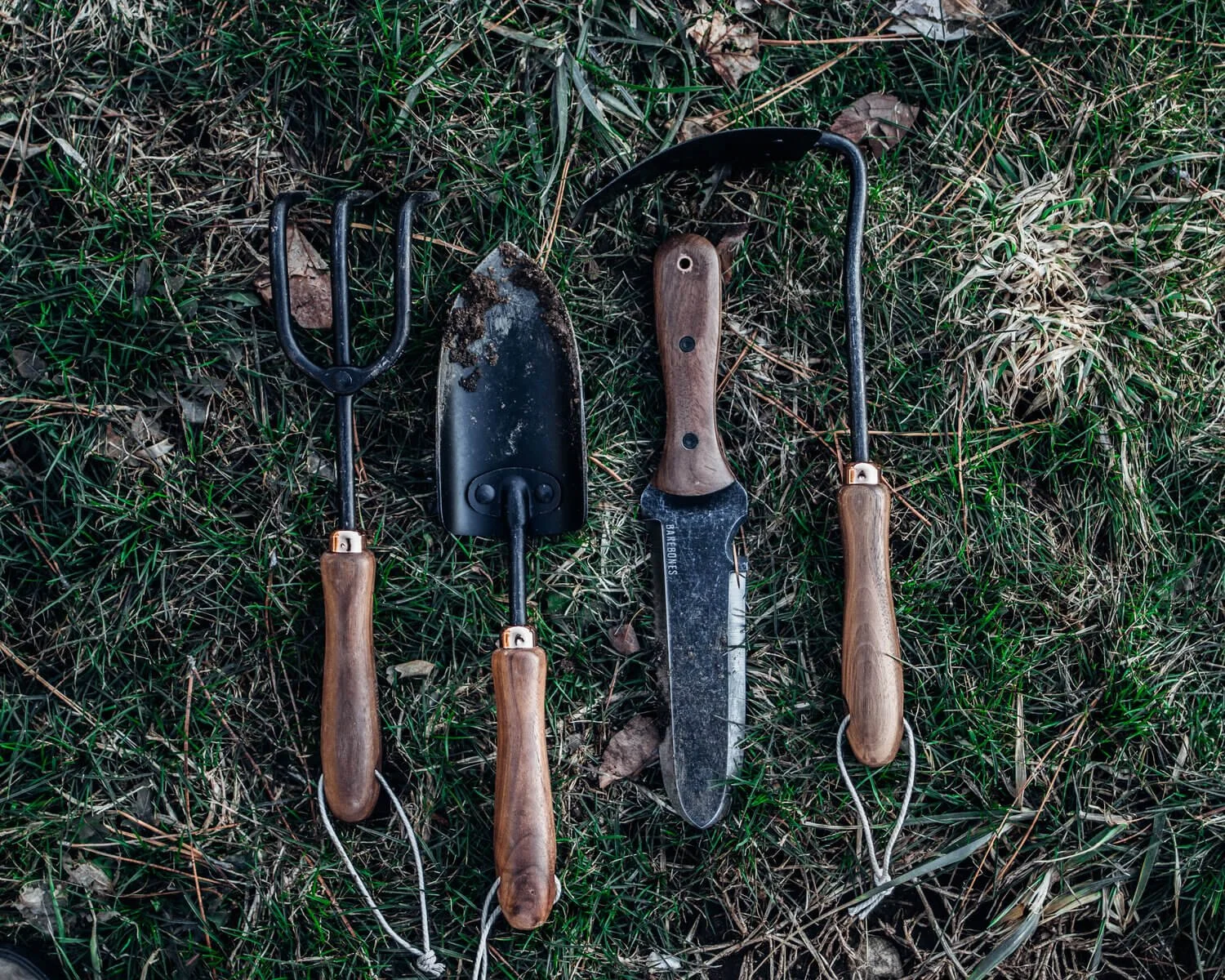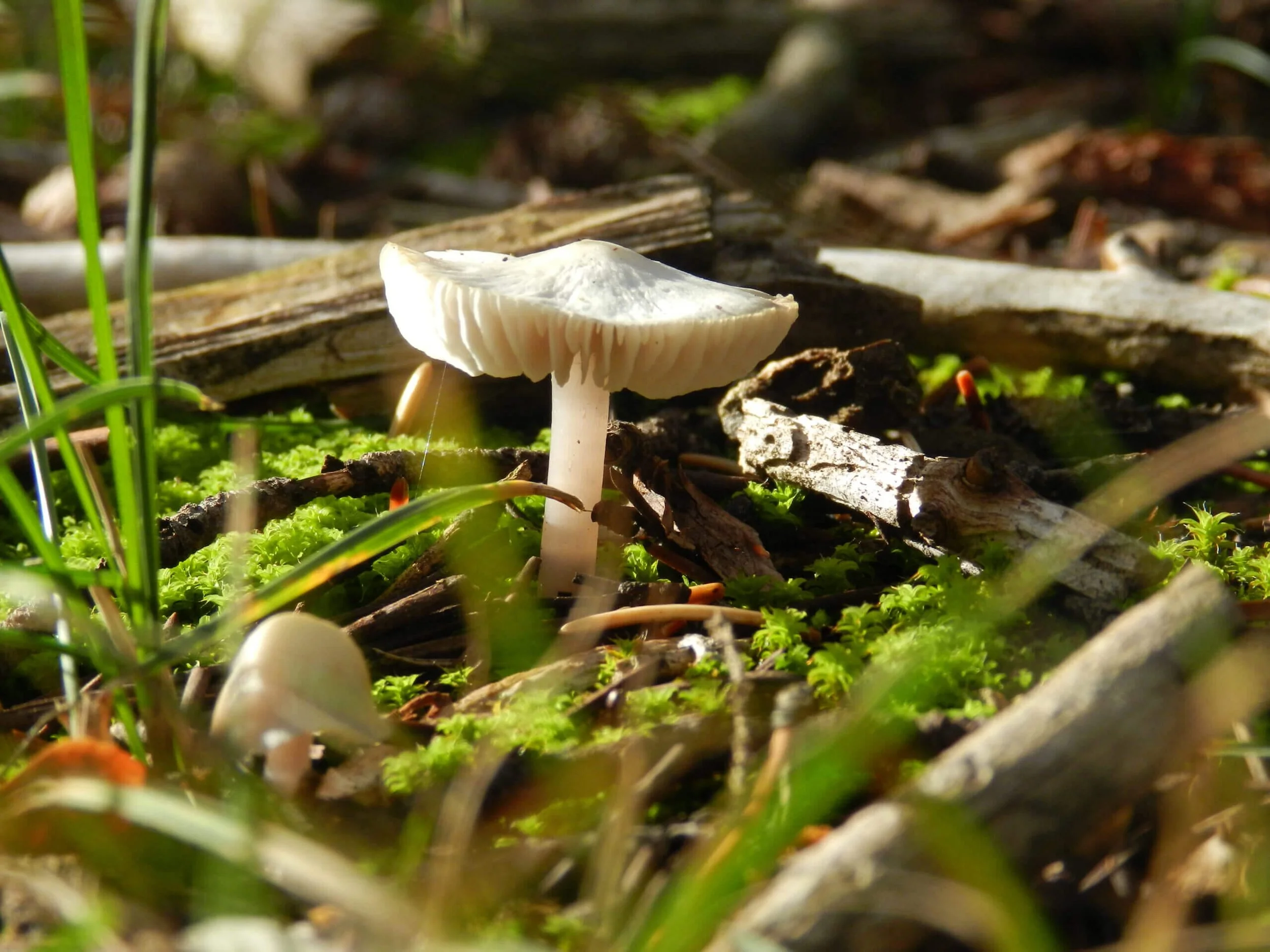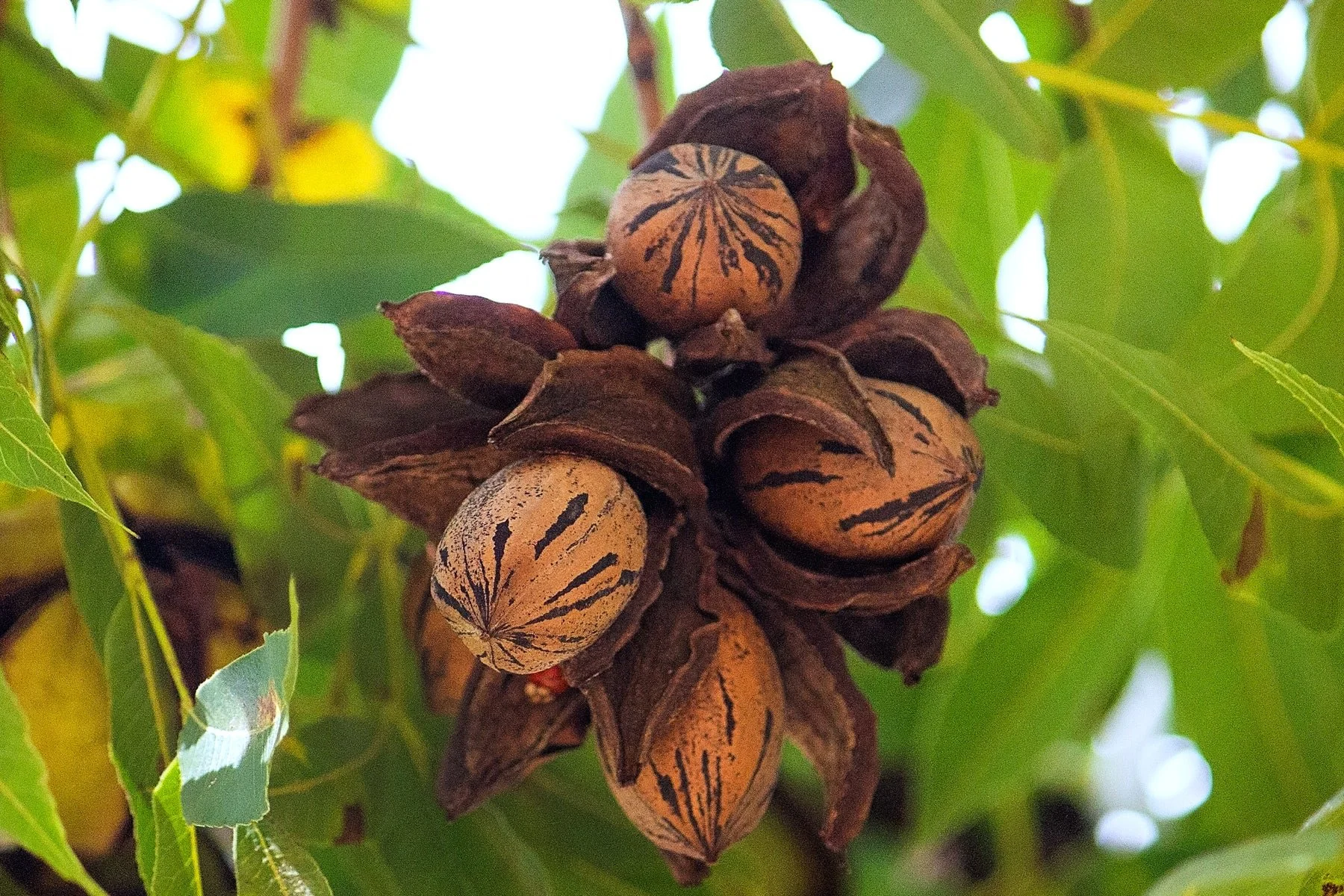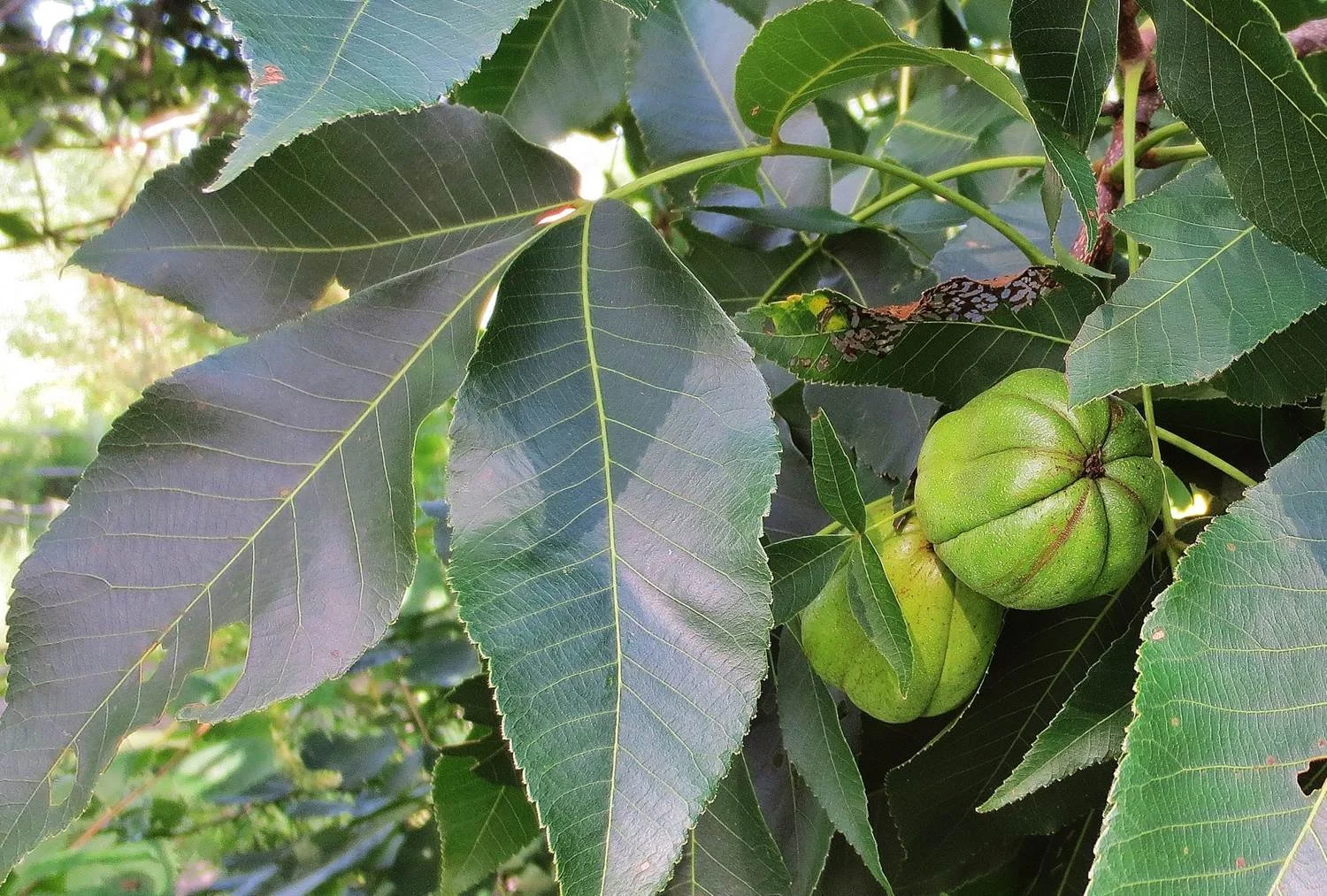A Texas Treasure Hunt
A Guide to Identifying and Foraging Nutritious Nuts in the Lone Star State
Discover > Texas Home Cooking > Foraging > A Texas Treasure Hunt
This is an exploration of the diverse array of edible wild nuts (how long do nuts last?) that can be found throughout Texas. From the iconic pine nuts harvested from pine trees to the rich and buttery wild pecans (how long do pecans last?) that thrive in Texas, this guide will help you discover the hidden treasures of nut trees that offer a bounty of tasty nuts (What wine goes well with nuts?).
Texas is not just a land of cowboys, oil wells, and wide-open spaces - it's also a veritable treasure trove of nutritious and delicious wild berries, nuts, and a wide variety of naturally occurring produce. This bountiful ecosystem offers a diverse variety of native natural bounties that you can use to nourish yourself. If you look hard enough, they can be found in the vast expanses of Texas’ forests, parks, and farms.
Foraging for nuts in Texas is a rewarding endeavor, as the state boasts a variety of nut-bearing trees and edible wild plants. Pine nuts, also known as pinon pine nuts, are a sought-after delicacy known for their nutty, buttery flavor. These can be found in certain pine tree species across the region and are delicious when eaten raw or incorporated into various dishes.
Wild pecans, with their distinct Texan flair, are another highlight of this treasure hunt. They grow abundantly on nut trees and are well-known for their rich, sweet flavor.
To Forage wild nuts is a beloved tradition in Texas, and these nuts can be enjoyed straight from the shell or used as a versatile ingredient in both sweet and savory recipes. In addition to pine nuts and wild pecans, this guide will also introduce you to other edible nuts found in the Lone Star State, such as shagbark hickory nuts.
A big portion of naturally-grown outdoor edibles in Texas is composed of nuts. With the wide open spaces in the state, you can find areas that are perfect for growing a variety of seasonal nuts out in the wild or on nut farms.
To get you started, this guide aims to introduce you to these foraging gems of the Lone Star State, detailing how to identify them, where to find them, and what nutritional benefits they hold. So, buckle up and get ready for a culinary adventure as we journey through the nutty heartlands of Texas.
A Refresher: What to Remember When Foraging for Nuts in Texas
Before we dive into the thrill of the nut hunt in Texas, it's important to equip ourselves with the necessary knowledge and tools for a successful, safe, and sustainable foraging experience.
This refresher will cover everything from understanding tree species, the best times to forage, essential tools to pack, and how to process your bounty, to respecting the delicate ecosystem.
Consider this your handy guide to foraging etiquette and the gateway to a delightful adventure in the wilds of the Lone Star State. Let's take a look at the key tips to keep in mind as you embark on your nut-foraging expedition.
Know Your Trees
Being able to correctly identify the nut-bearing trees of Texas is vital to a successful foraging experience. Learn to recognize pecan, black walnut, hickory, and oak trees, as well as cultivated peanut plants, by their unique leaf structures, bark, and fruit.
Best Foraging Seasons
Typically, the most opportune season for nut foraging in Texas falls during autumn, precisely when these prized treasures have reached their full maturity and begun their gentle descent from the branches of nut trees.
As the days grow shorter and temperatures start to cool, this transitional period in the fall signals the time when many nut varieties, including the coveted pine nuts, wild pecans, and shagbark hickory nuts, become ripe for the picking.
During this season, the landscape of Texas transforms into a natural pantry of edible wild nuts, offering a cornucopia of flavors and textures waiting to be discovered. The fall foliage provides a vibrant backdrop to your foraging adventures, with nut-laden trees offering their delicious bounty.
This timing is ideal, as the nuts are often at their prime in terms of taste and nutritional value, making it the perfect window of opportunity to embark on a nut-seeking expedition in the Lone Star State.
Pack the Right Tools
Equipping yourself with the right tools and gear is crucial for a successful and enjoyable nut-foraging expedition. As you venture into the Texan wilderness in search of these delectable treasures, consider packing a few essential items to ensure a smooth and safe foraging experience.
1. Collection Bag or Basket: A sturdy and spacious collection bag or basket is your trusty companion in the field. Opt for one with ample room to hold the nuts you gather. A basket with a handle can make it easier to carry, especially when your collection starts to grow. Look for a bag or basket made of durable materials to withstand the rigors of foraging.
2. Pocket Field Guide: Carrying a pocket-sized field guide focused on tree and nut identification is a wise choice. These guides are invaluable resources that provide detailed information about the characteristics of nut-bearing trees, their leaves, bark, and the nuts themselves. They often include color illustrations or photographs, making it easier to confirm your findings and differentiate between species.
3. Protective Gloves: While the quest for nuts can be rewarding, it's not without its prickly challenges. Some nut shells can be sharp, and protective gloves are essential to shield your hands from potential nicks and cuts. Lightweight and durable gloves designed for outdoor activities are a great choice, as they provide both dexterity and protection.
4. Snacks and Water: Nut foraging can be a delightful yet physically demanding activity. Don't forget to pack some energy-boosting snacks and a water bottle to keep you fueled and hydrated during your adventure.
5. Containers: Small containers or resealable bags can be handy for segregating different types of nuts you collect. This organization can help prevent mixing and make it easier to process your bounty when you return home.
Look Low
During your nut-foraging adventure, you'll quickly discover that most of your time will be spent with your gaze directed toward the ground. Unlike some fruits that are plucked directly from the tree, nuts are typically harvested from the earth beneath the nut-bearing trees. The timing for gathering these edible treasures is crucial, and it's essential to wait until they fall naturally.
As you explore the Texan landscape, you'll find that the ground beneath nut trees often holds the promise of a bountiful harvest. Keep a watchful eye for the telltale signs of nuts that are ready for collection.
These signs include nuts lying on the ground, free from their branches, and often nestled among fallen leaves. This natural shedding of nuts signifies that they have reached the peak of their ripeness and are primed for foraging.
While it may require patience and careful observation to spot these fallen gems, the reward is well worth the effort. The act of collecting nuts from the ground connects you to the rhythm of the seasons and the lifecycle of these edible wild treasures. So, as you explore the Texan wilderness in search of nuts, remember to look down, embrace the earth, and savor the satisfaction of gathering nature's bounty.
Leave No Trace
Absolutely! Embracing a respectful and eco-conscious approach to your nut-foraging endeavors involves adhering to the principles of "leave no trace." These principles are the foundation of responsible outdoor exploration and ensure that your presence in nature leaves minimal impact while nurturing a sense of harmony with the environment.
First and foremost, leaving what you find is a fundamental rule. As you scour the landscape for nuts, remember that every element you encounter, from the fallen leaves to the delicate ecosystems thriving beneath your feet, plays a vital role in the intricate dance of nature.
Show your appreciation for the natural world by leaving it undisturbed. Refrain from rearranging rocks, disturbing wildlife, or altering the landscape in any way that might disrupt its balance.
Respecting the wildlife that shares this habitat is equally important. Observe animals from a respectful distance, allowing them the space they need to thrive without undue stress or disturbance. Keep a quiet and unobtrusive presence, allowing wildlife to go about their daily routines undisturbed.
Processing and Storage
Many wild nuts require some processing before they can be eaten, such as removing hard shells or leaching out tannins (in the case of acorns). Once processed, nuts should be stored in a cool, dry place. They can also be frozen for longer storage.
Avoid Overharvesting
In the grand tapestry of nature, it's important to recognize that we, as humans, are not the sole beneficiaries of the abundance provided by nut-bearing trees. These trees play a crucial role in the ecosystem, providing sustenance for a diverse array of wildlife that call Texas home. From squirrels and birds to deer and other creatures, many animals depend on these nuts as a vital source of nutrition and energy.
As you embark on your nut-foraging journey, it's essential to practice responsible foraging and stewardship of the natural world. Always keep in mind that you share this environment with countless other living beings. To support the delicate balance of the ecosystem and ensure the well-being of local wildlife, make it a principle to leave a generous portion of the nuts behind for these creatures.
By doing so, you not only contribute to the overall health and vitality of the ecosystem but also ensure that future generations of nuts and wildlife can thrive. This harmonious coexistence between humans and nature is a testament to the importance of respecting and preserving the beauty and diversity of the Texan wilderness.
Be 100% Sure
Never consume any nut that you cannot positively identify. While most nuts in Texas are safe to eat, misidentification can lead to consuming inedible or potentially harmful species.
Foraging is a rewarding way to source your food and learn more about local ecosystems. By following these guidelines, you'll ensure a safe and enjoyable foraging experience in the Lone Star State.
The Nuts to Forage
If you're looking to turn a simple stroll through nature into a fruitful adventure, why not try foraging for nuts? The Lone Star State is home to a plethora of nutritious nuts that, with the right knowledge and keen eyes, could be your next healthful snack. Here's a guide to help you identify, forage, and enjoy these delightful treasures, found right under the Texas sky.
Pecans
Pecans are Texas's state nut and have a well-established presence in Texas cuisine. They grow in abundance along the river valleys of Texas, particularly the Brazos and Colorado. Pecan trees are large and can be identified by their distinctive leaf structure – long leaves with multiple pointed leaflets, and their fruit – hard, brown, and oval-shaped with a distinctive seam down the center.
Pecans are high in healthy fats, dietary fiber, and protein. A one-ounce serving provides around 200 calories, with 3 grams of dietary fiber, 21 grams of fats (mostly monounsaturated), and 3 grams of protein. They're also a good source of vitamin E, B vitamins, and essential minerals like magnesium, zinc, and potassium.
Black Walnuts
Black Walnut trees, native to Texas, can be found in both East Texas and Central Texas forests. Identifiable by their large, green, round fruits that contain the nut, these trees also have a unique, compound leaf structure with numerous leaflets that set them apart.
Black Walnuts (how long do walnuts last?) contain about 185 calories per ounce, with 18 grams of fat, 4 grams of protein, and less than 2 grams of dietary fiber. They are an excellent source of alpha-linolenic acid (ALA), a type of plant-based omega-3 fatty acid, and also provide substantial amounts of manganese and other minerals.
Hickory Nuts
Several species of hickory trees exist in Texas, including the pecan. Other species produce smaller, rounder nuts than pecans but are still delicious. Hickory trees can be recognized by their compound leaves, similar to pecan trees, and by their hard, round nuts.
Hickory nuts are calorically dense, with around 200 calories per ounce. They offer around 18 grams of fat (predominantly monounsaturated), 2.6 grams of protein, and 1.4 grams of fiber. They are also rich in magnesium and thiamin.
Acorns
Various species of oak trees exist in Texas, all of which produce acorns. Acorns are smaller nuts, capped with a distinctive "hat". Different species produce acorns of different sizes and colors, but all are edible once properly prepared.
While acorn nutrition can vary slightly by species, most offer around 50-70 calories per ounce, with about 6 grams of carbohydrates, 1 gram of fat, and less than 1 gram of protein.
They also provide an array of vitamins and minerals. Acorns contain tannins, which can be bitter and must be leached out before consumption.
Peanuts
Though not native, peanuts are widely grown in Texas, particularly in the southern regions. They grow beneath the soil, so they're more difficult to forage. However, you might find them in farmer's markets or local farms.
Peanuts are notably high in protein with about 7 grams per ounce. They also have approximately 14 grams of fat, 4.6 grams of carbohydrates, and 2.3 grams of fiber. Peanuts are an excellent source of niacin and manganese.
Foraging for nuts in Texas is a rewarding pursuit that offers nutritious rewards like being able to make a big jar of your very own trail mix (how long does trail mix last?) using what you foraged.
However, it's important to forage responsibly - never remove more than you need and avoid damaging trees or disturbing wildlife. Also, before consuming any wild foods, make sure you've correctly identified them to avoid any harmful or toxic species. Happy foraging!

